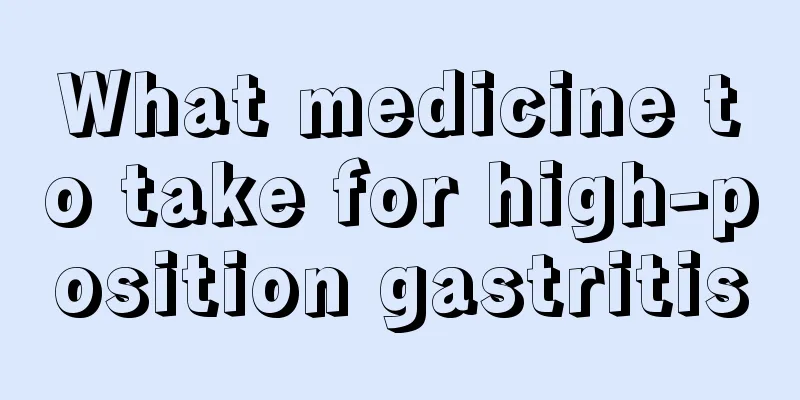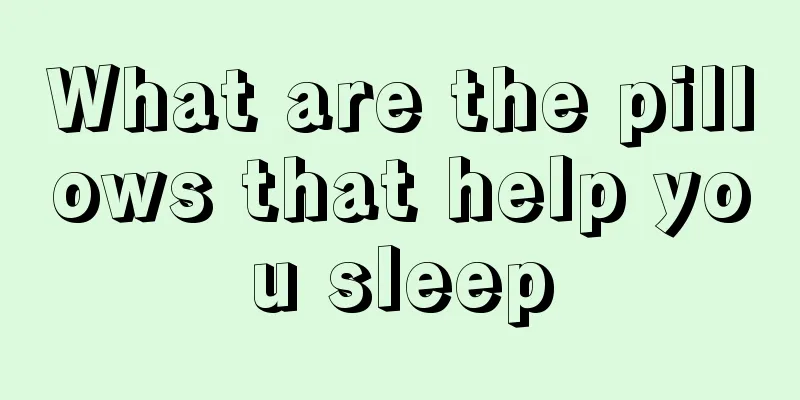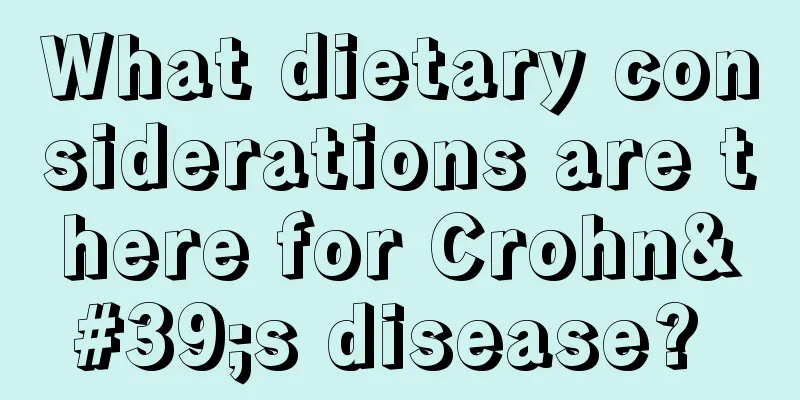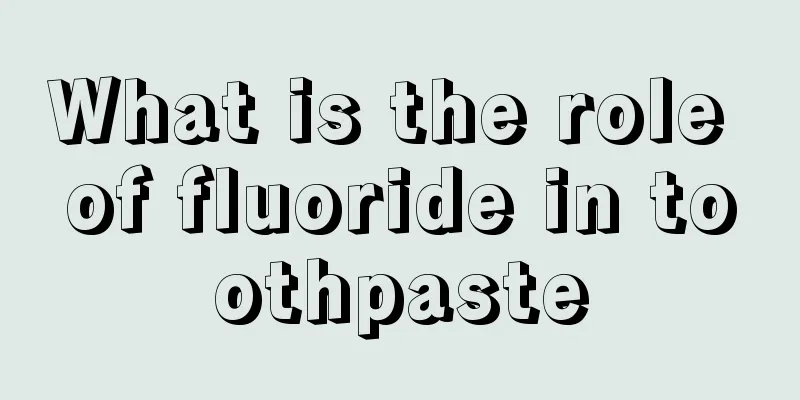Is glucose a stimulant?

|
People always mistakenly believe that glucose is a stimulant. In fact, this drug is completely different from a stimulant. If it is a stimulant, it will completely stimulate people's brain nerves after taking it, causing their brain thinking to be in an overactive state. This is very bad, and the use of stimulants is prohibited during competitions, but glucose can maintain physical fitness. Stimulants These drugs can be divided into the following categories according to their pharmacological characteristics and chemical structures: 1. Psychostimulants: including amphetamine and its related derivatives and their salts 2. Sympathomimetic amines: This is a class of substances that mimic the effects of endogenous catecholamines such as adrenaline and norepinephrine, represented by ephedrine and their derivatives and their salts. 3. Caffeine: This type is also called xanthine because it contains xanthine group. 4. Miscellaneous central nervous system stimulants: such as fenthione, pentylenetetrazodone, nikethamide and strychnine. Stimulants were the first group of stimulants used and the first to be banned. They are also stimulants in the most original sense, because only this type of stimulant has a true "stimulant effect" on neuromuscular pharmacological effects. Before the 1970s, the stimulants used by athletes mainly belonged to this category. The stimulants detected at the 1960 Rome Olympics and the 1972 Munich Olympics included amphetamine, ephedrine, norpseudoephedrine and nikethamide. Diuretics The clinical effect of the drug is to increase urine excretion by affecting the urine production process of the kidneys, thereby alleviating or eliminating symptoms such as edema. Purpose: 1. Reduce weight by quickly eliminating water from the body. 2. Increase urine volume to quickly reduce other stimulant metabolites in body fluids and excreta, thereby causing a false negative result in a drug test. 3. Accelerate the excretion process of other stimulants and other metabolites, thereby alleviating certain side effects. Chlorotriphenylethylene Medical use: Promote egg release and treat female infertility. Sports Use: As an additional supplement or after taking testosterone, to stimulate the production of "natural" testosterone through reaction. Risks: Headaches, nervousness, and depression. Nitroglycerin Medical uses: It dilates blood vessels and enhances heart function, and is used to prevent and treat angina and heart failure. Sports use: It stimulates explosive power during sprinting and shortens the duration of excitement. It is used preventively by elderly athletes and is now becoming popular again. Risks: Headaches, high blood pressure and nausea. |
<<: Does glucose make you fat?
>>: Is chrysanthemum cold in nature?
Recommend
There are five common symptoms of pancreatic cancer
Pancreatic cancer is the most rapidly developing ...
What to do if there are red bloodshot on both sides of the nose
There are many parts of our facial skin that are ...
How to cook mung beans quickly
Mung beans have a good effect of clearing heat an...
Are people over 40 more likely to develop liver cancer? To prevent liver cancer, you also need to control hepatitis like this
Liver cancer is called "the cancer of cancer...
The difference between peach egg and peach beauty
Nowadays, many students plant some succulents at ...
Treatment of small cell lung cancer
Nowadays, lung cancer has always been a disease t...
What's the matter with a small nipple growing next to the nipple
A small nipple growing next to the breast is actu...
Can gallbladder cancer be treated with stents?
In the early stages of gallbladder cancer, the sy...
What are the key points in diagnosing skin cancer?
Skin cancer often occurs on exposed parts of the ...
How long should eggs and soy milk be eaten
Eggs and soy milk are common foods in our lives. ...
Choose a dietary therapy plan based on the cause of lung cancer
Lung cancer is related to long-term smoking, occu...
What causes hoarseness?
I believe that many friends have experienced hoar...
Which hospital is good at treating nasopharyngeal carcinoma
Nasopharyngeal carcinoma is one of the malignant ...
What to do if the tongue is enlarged
If the tongue is enlarged, you should pay attenti...
How to prevent and care for prostate cancer?
Prostate cancer refers to an epithelial malignant...









